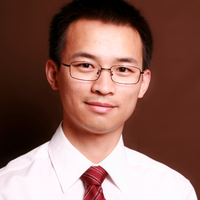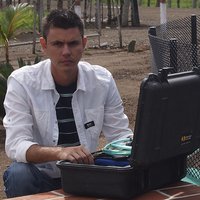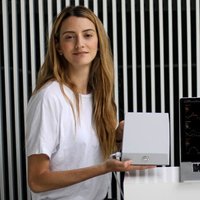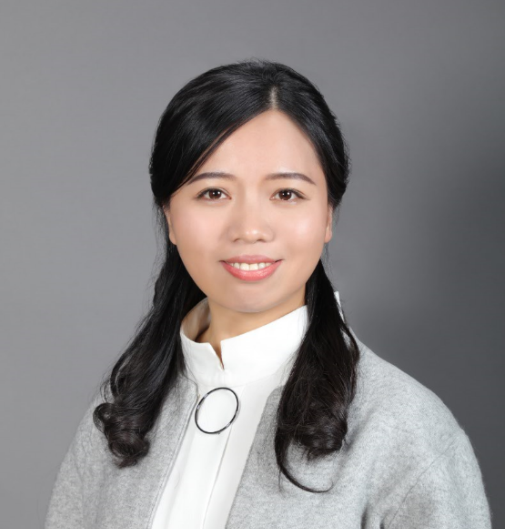Energy & sustainability
Huanping Zhou
Setting the record of the promising perovskite solar cell

China
Qian Liu
In the battle against smog, his novel methods are vital to tracking down and identifying pollution sources

Latin America
Alexander López
Recycling cattle waste to provide alternative and renewable energy to more than 500 people

Latin America
Ariana Salazar
Passively analyzes inhabitant activity to enable urban planning which is responsive to their needs.

China
Hong Jin
She promoted energy revolution with modern innovative management in the low-carbon age
